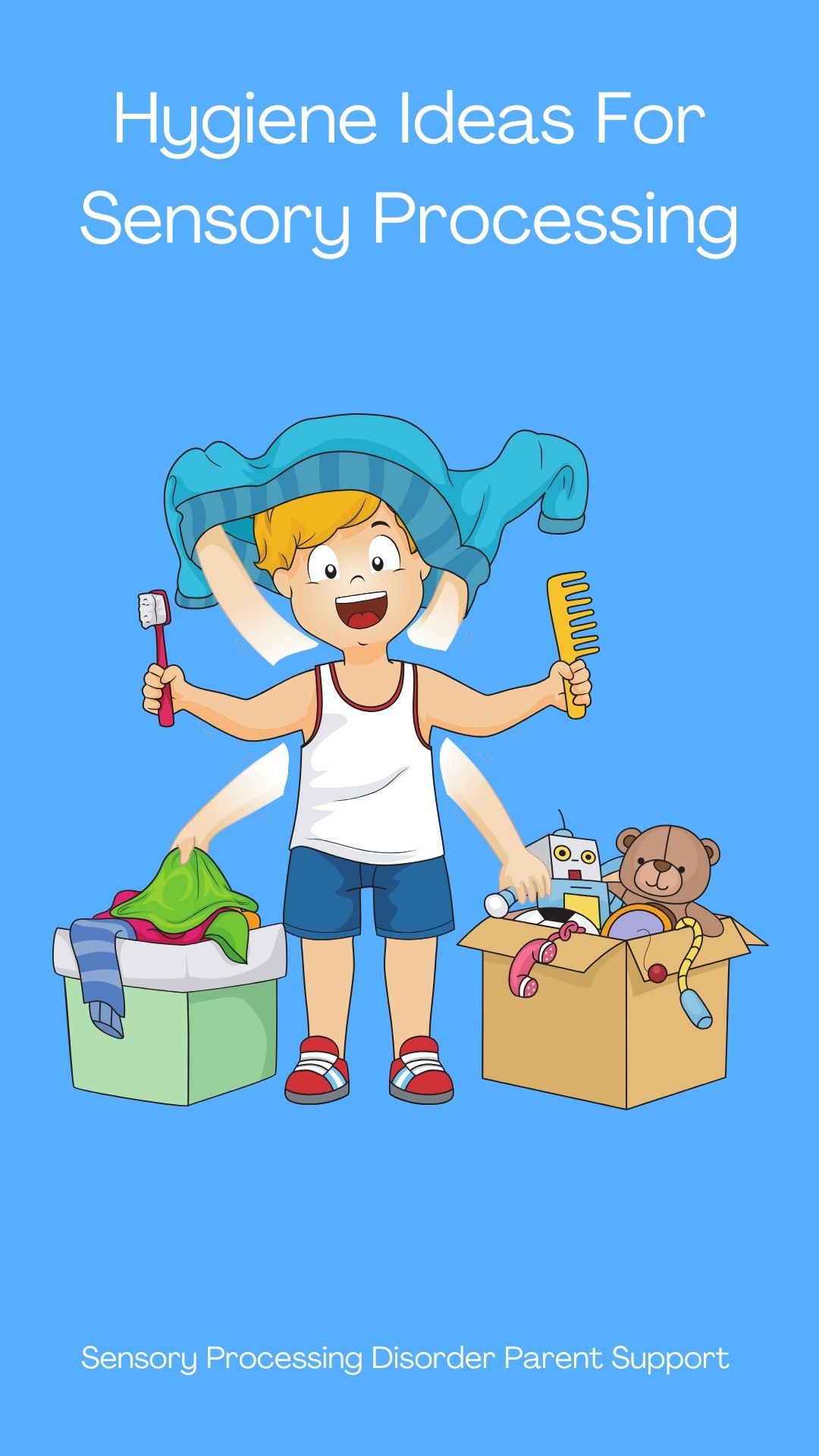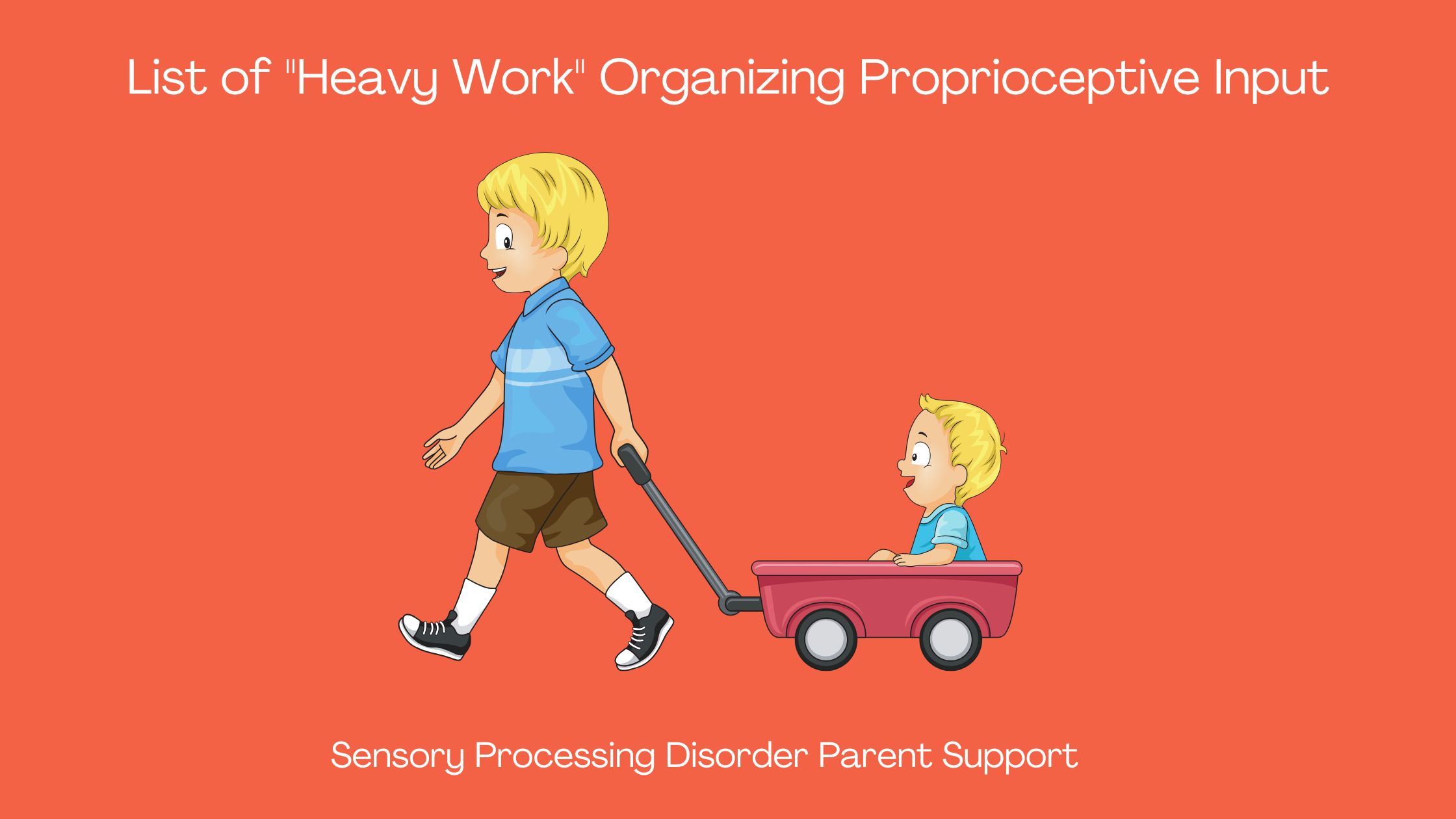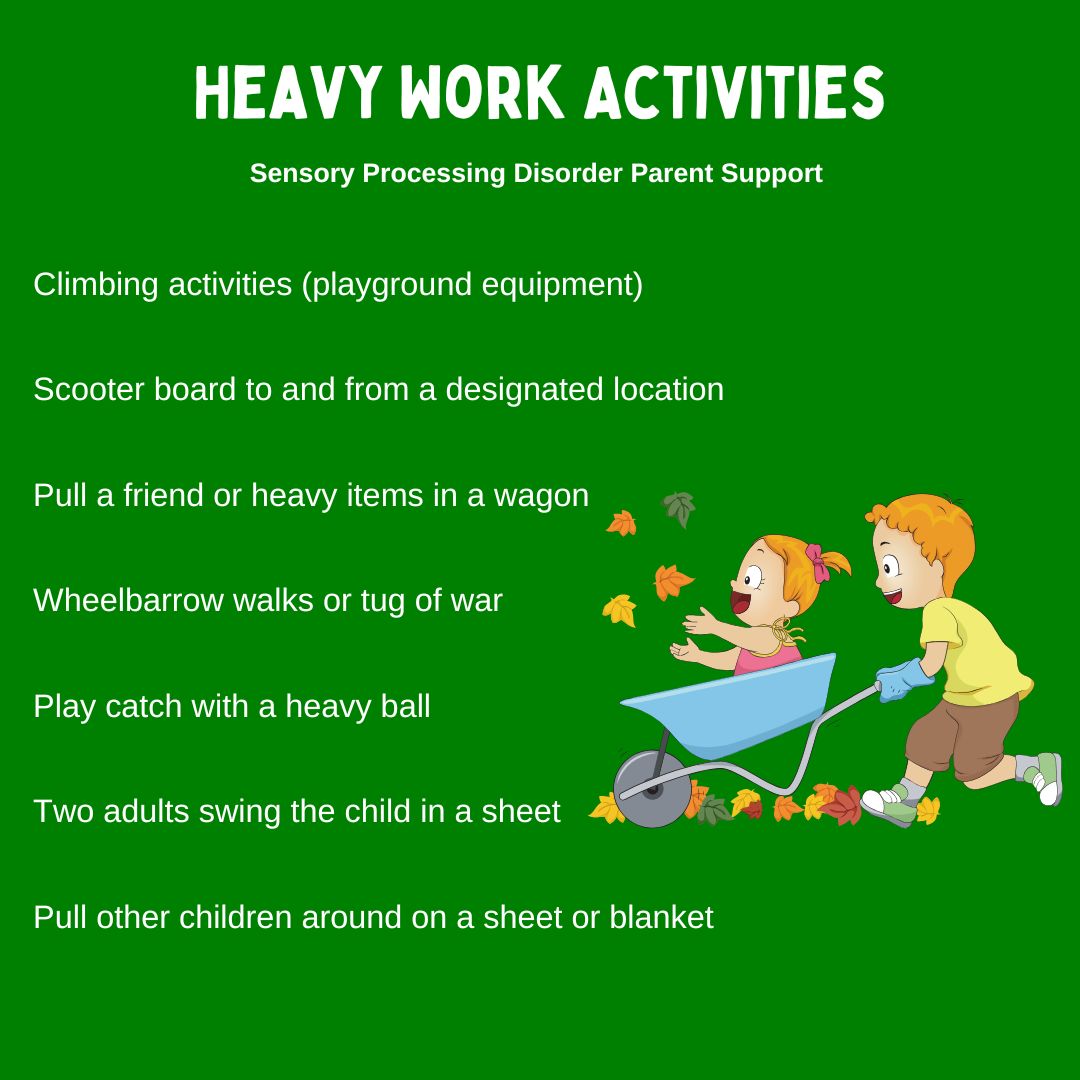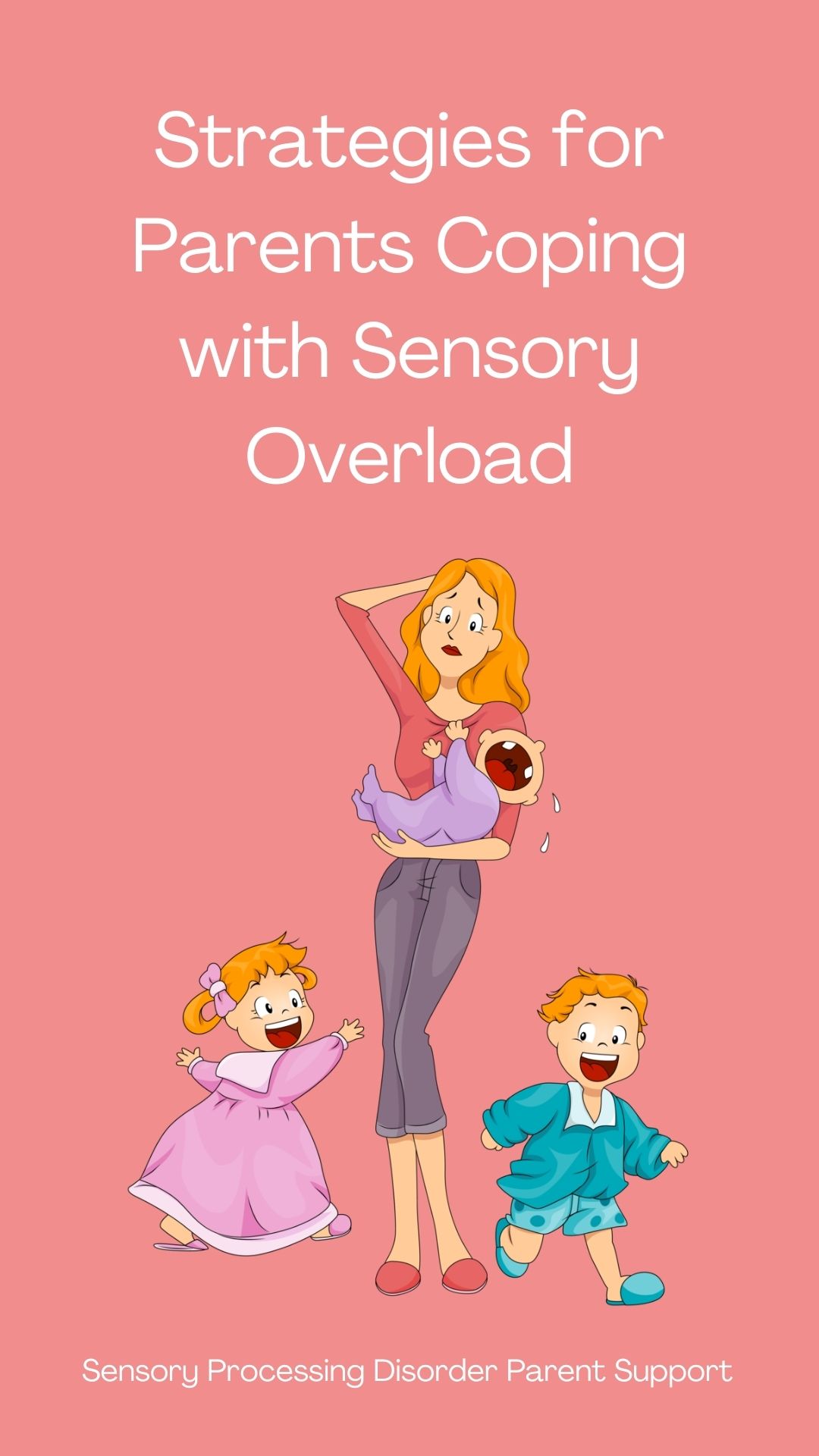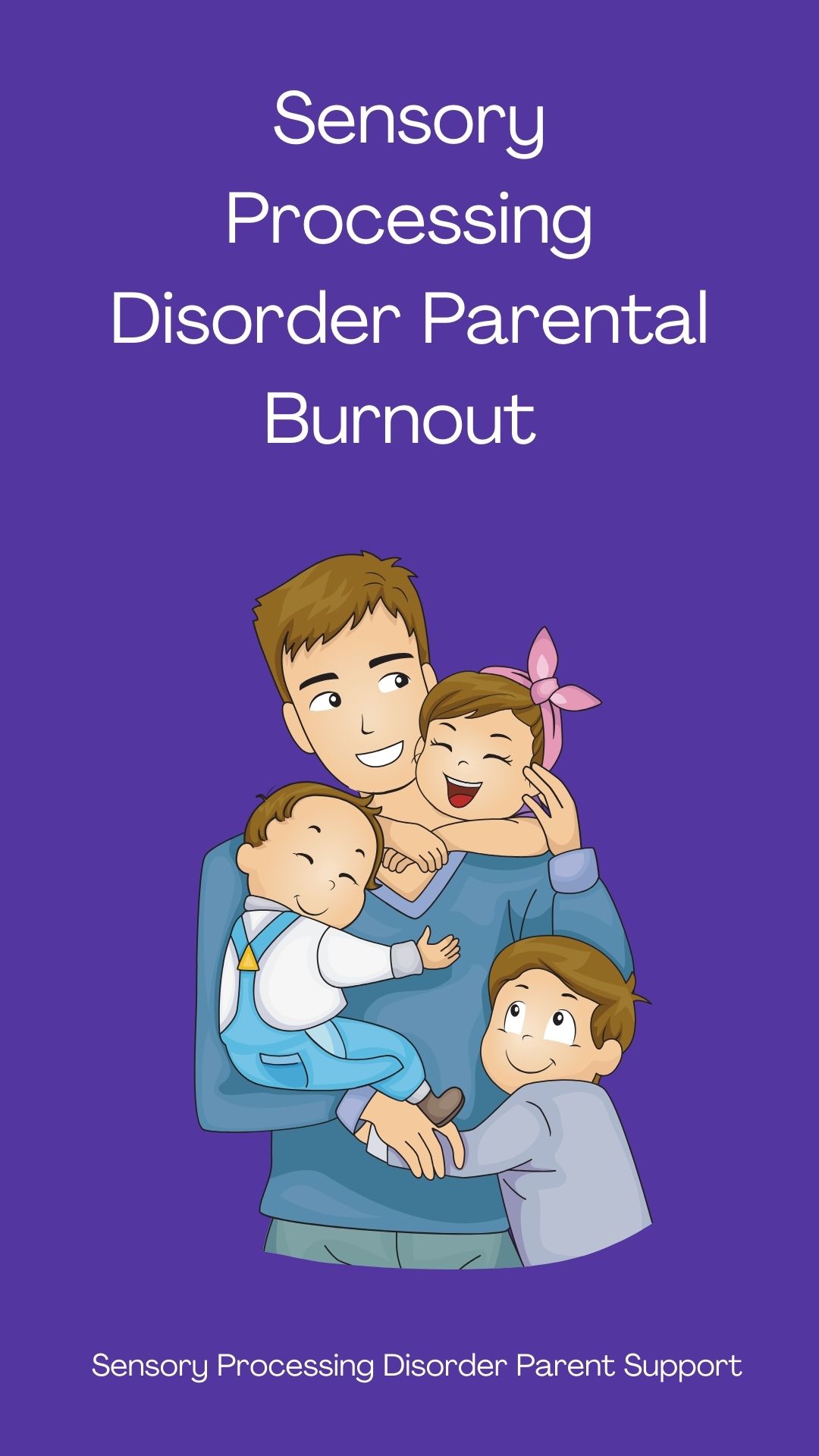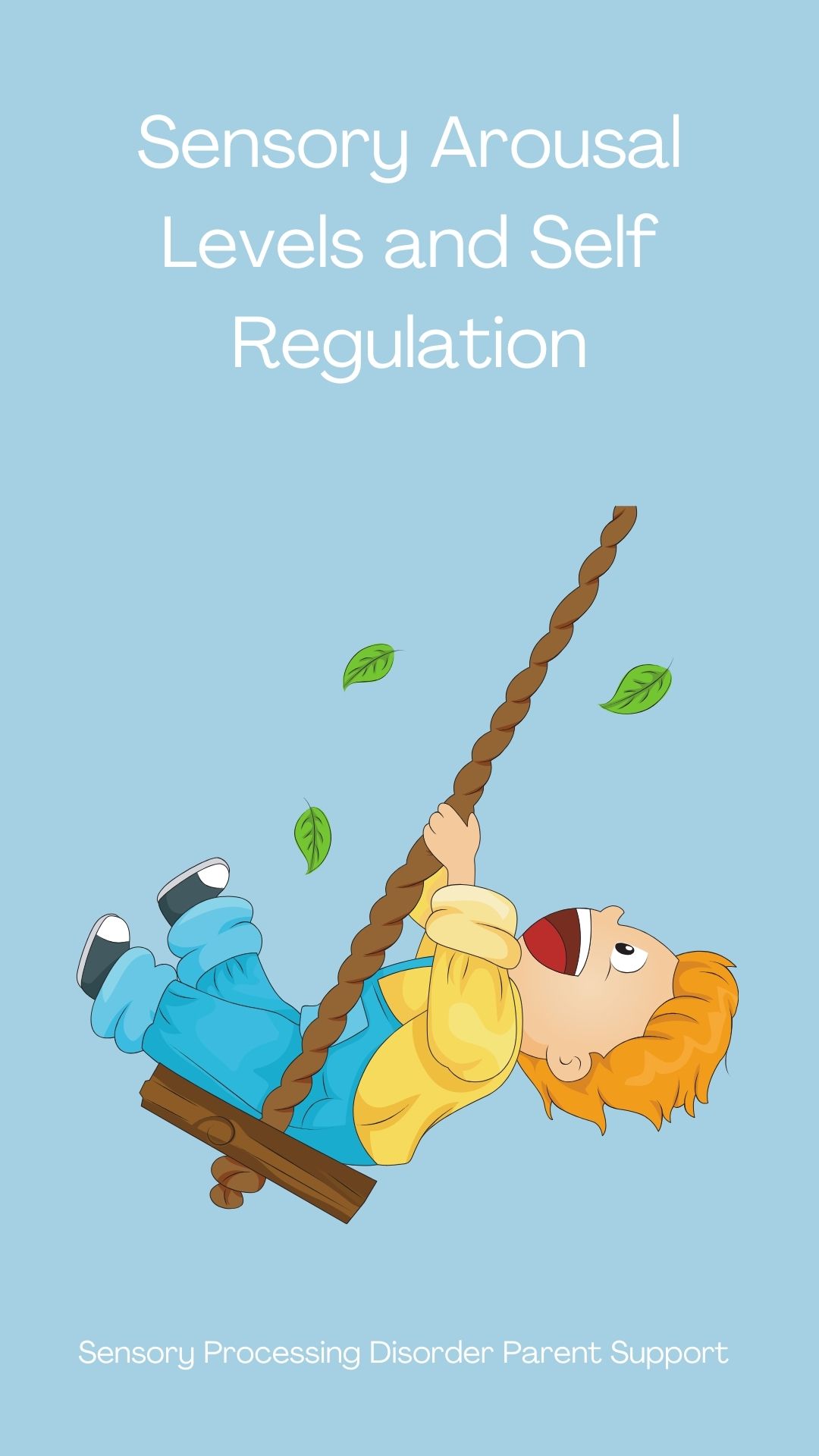1. "Hot dog" game, where the child lies across the end of a blanket and is rolled (ends up in rolled up blanket)
2. Carry heavy items (baskets with cardboard blocks, laundry, groceries with Mom, bag for teacher, etc.)
3. Climbing activities (such as playground equipment)
4. Swing from a trapeze bar
5. Tug of war
6. Push against a wall
7. Scooter board to and from a designated location (sit and lie on stomach use arms to propel)
8. Pull a heavy trash can
9. Mop or sweep the floor and help out Mom
10. Push and pull boxes with a few books in them
11. Pillow cases with a few stuffed animals (for weight) and drag and pull them up a ramp, incline or stairs
12. Place chairs at the desks at the end of the day, or take down at the beginning of the day
13. Erase and wash the chalkboard
14. Carry bean bags on head or shoulders and walk across a room, weighted vests, belts, wrist weights. Carry heavy pillow or cushions
15. Move chairs or equipment across the room
16. Use theraband or tubing attached to a door and let it snap (supervision required)
17. Take cushions off of the sofas, vacuum under them and put them back. can also climb on them, hide under, jump in them and play sandwich games with them
18. Push furniture around the house, room to room, rearrange bedroom furniture
19. Pull other children around on a sheet or blanket
20. Push teacher around on a wheeled chair or scooter board
21. Pull or push someone while they sit on a scooter board holding HULA HOOP
22. Roller skate uphill
23. Pull yourself up a ramp on a scooter board
24. Walk up a ramp or incline or climbing activities
25. Yard work, including mowing the lawn, raking grass or leaves, pushing wheelbarrow
26. House work including vacuuming and mopping, carrying the bucket of water to clean with or water plants
27. Shovel sand into the wheelbarrow, wheel the wheelbarrow to the spot, dump out sand and rake it flat and smooth
28. Pull a friend or heavy items in a wagon
29. Push a friend in a wheelbarrow
30. Play wrestling
31. Open doors for people
32. Fill milk crates with books at home or in class back and forth\
33. Chewy candy breaks, this eliminates chewing gum, there are lots of candy that takes longer to chew
34. Squeeze toy sensory fidgets, ones that do not make noise as that is disturbing to classroom
35. Chew on fish tank tubing
36. Milkshake through a thin straw
37. Help teacher move mats and hang them up, or mommy at home
38. Sharpen pencils with a manual sharpener
39. Cut out items for classroom displays
40. Have student carry books in back pack from class to class or to the office (not too heavy)
41. Isometric exercise breaks
42. Suck apple sauce through a straw
43. Tie therabrand around the front of a chair and have child kick into it
44. Scrub surfaces with a brush (floor or snow off car)
45. Wood projects with sanding and hammering
46. Wheelbarrow walks, tug of war, log roll races in a smaller group
47. Work with the librarian to push the book cart at school through library and halls
48. Chair push ups
49. Carrying heavy cushions
50. Falling into bean bag chair or crash mat
51. Jumping and rolling games
52. Pillow fights
53. Slowly roll ball over the child and apply pressure
54. Bounce on a hippity hop ball
55. Sandwich games, between bean bag chairs, mattresses, cushions with light pressure on top layer
56. Play catch with a heavy ball, bounce and roll the heavy ball
57. Push weighted boxes across the carpet
58. Animal walks, crab walk, bear walk, army crawl
59. Playing in sandbox with damp heavier sand
60. Have the child push chairs into table after meal or at school
61. Push a cart filled with cans and have child unload cans to a bottom shelf on knees position
62. Have the child color and draw a rainbow on a large piece of paper on the floor
63. Have the child play with cars under the table, have them push the car in one hand and weight in the other
64. Have child put things away, or pass out items in classroom and at home to family members
65. After a bath squeeze the child and rub them with the towel
66. Use heavy quilts at night or weighted blankets and tight flannel pj's
67. Play row row row your boat sitting on the floor rowing against each other
68. Rice play, koosh balls, water play, Jello play and putty
69. Two adults swing the child in a sheet
70. Push lunch cart and carry lunches around to the cafeteria
71. Staple paper to bulletin boards
72. Wash table, desks or counter tops
73. If there is a garden project at school have them dig, or at home too
74. Play with medicine balls (provided by gym teachers)
75. Mini trampoline
76. Run around track at school, at home or at the beach.
77. Swimming, have child dive for weighted sticks in the pool
78. Dancing
79. Gymnastics
80. Sports activities involving running and jumping
81. Bath the dog
82. Wash the car
83. Carry the laundry basket
84. Sweep mop and wash the floors
85. Stack chairs
86. Jump or climb in inner tubes
87. Bounce a big ball up a hill
88. Fill up big toy trucks with heavy blocks, push with both hands and knock blocks down and over
89. Fill up child's suitcase and have them push it or pull it around the house
90. Fill the laundry basket with books and have them pull it around the house
91. Go grocery shopping with the child's cart and have them tote it around the store
92. Have the child change sheets on the bed and toss dirty linens down the stairs
93. Have them push heavier ball across room (weighted large balls can be bought)
94. Go camping with heavy blanket and 4 chairs and have them set up and take down the blanket
95. Push square plastic nesting boxes with bean bags and small balls to and from the gym at school
96. Have them sit in bean bag chairs for reading or doing homework. Changing positions to have consistent pressure input
97. Push a wheeled therapy stool while someone sits on it
98. Have kids pull themselves by a long jump rope while the other child is pulling themselves on a scooter board with there legs crossed and off of the floor
99. Bounce a large ball
100. Pinch, roll or pull putty, Play with balloon filled with flour
101. Two children play tug of war with theraband (supervision only so they do not snap each other)
102. Use bubble pack as part of a obstacle course, child can jump and run on it, They love the noise
103. Tape a heavy phone book to the bottom of the child's seat, The teacher can have them move the seat to different areas of class for different activities or at home. Push against classroom and home walls
